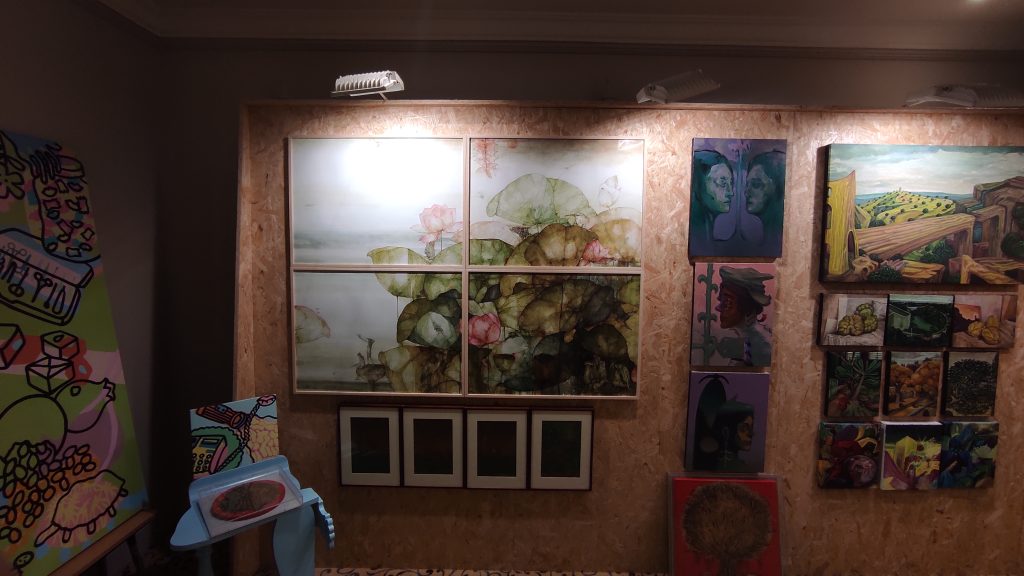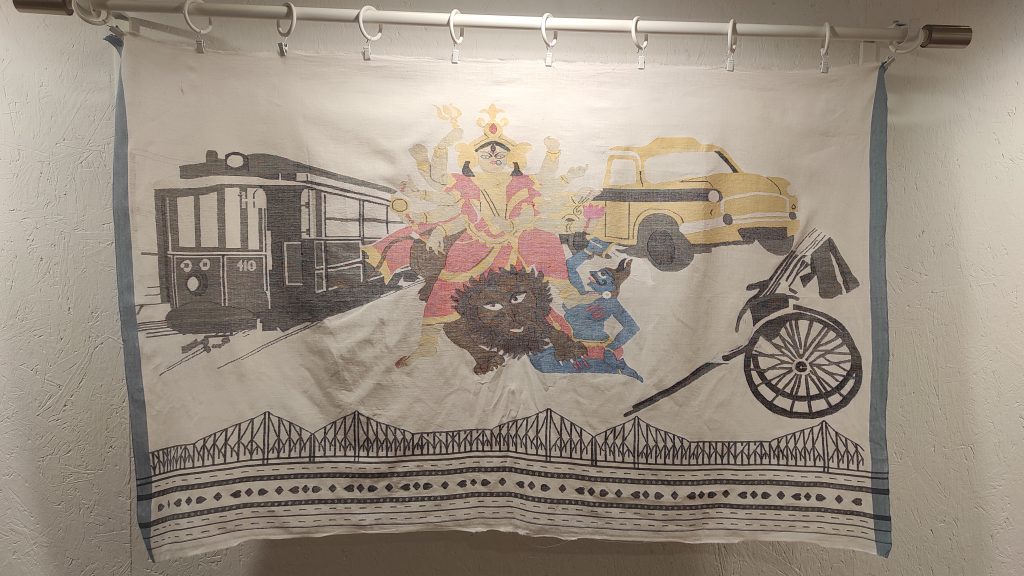A highly distinctive event has just concluded. A new type of hotel exhibition called Artix started on August 25th at Taj Palace in Delhi. It lasted until August 27th and received mostly positive feedback. Artix created a sensation in the city with its breathtaking artworks and the magnificent venue that hosted it, igniting vibrant discussions among the residents. Some people thought the exhibition was more interesting than the Indian Art Fair because it gave them a detailed experience of looking at artworks. Inside the fancy and regal Taj Palace, people felt very comfortable and at ease, especially when compared to other art fairs. Numerous art galleries participated in the fair, and a few of them experienced high sales on the initial day. While the initial day was ordinary, the recent days held immense importance for the business. People were able to establish a stronger connection with the art due to its exhibition within a personalized setting. It also gave them a sense of privacy. The atmosphere was calm and serene, with delightful music playing in the background to enhance the exhibition experience. Art enthusiasts were offered the unique opportunity to peacefully appreciate and explore an array of stunning artwork, as a multitude of galleries came together in one harmonious setting. It offerd a fantastic viewing experience.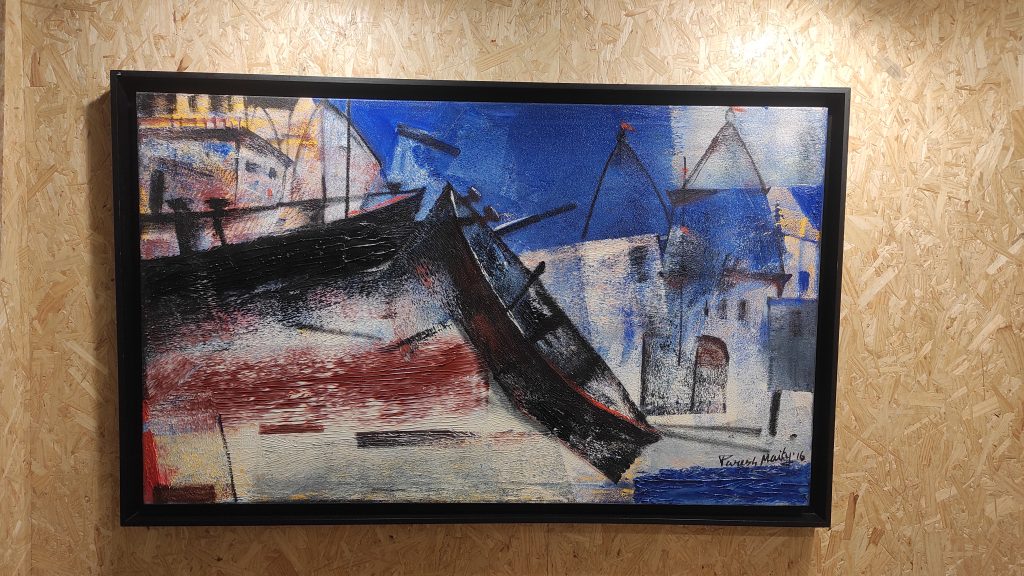
For the audience, it was a very personal experience. It was easier to relate to the artwork because you could see how it looked on the wall. The exhibition space was designed to feel like being in your own home. They changed the whole second floor of the Taj Mahal Palace into a place for art. They made almost 43 rooms and suites into special rooms for people to have conversations and meetings. There were more than 20 art galleries that took part in the event. They displayed artworks from various artists. Some of the galleries included Dhoomimal Art Gallery, Art Centrix, and Cultivate Art. Uday Jain, the director of Dhoomimal in Delhi, says that ‘going to art galleries can be scary for people who haven’t collected art before. This type of situation makes it easier for them to connect with the artwork.’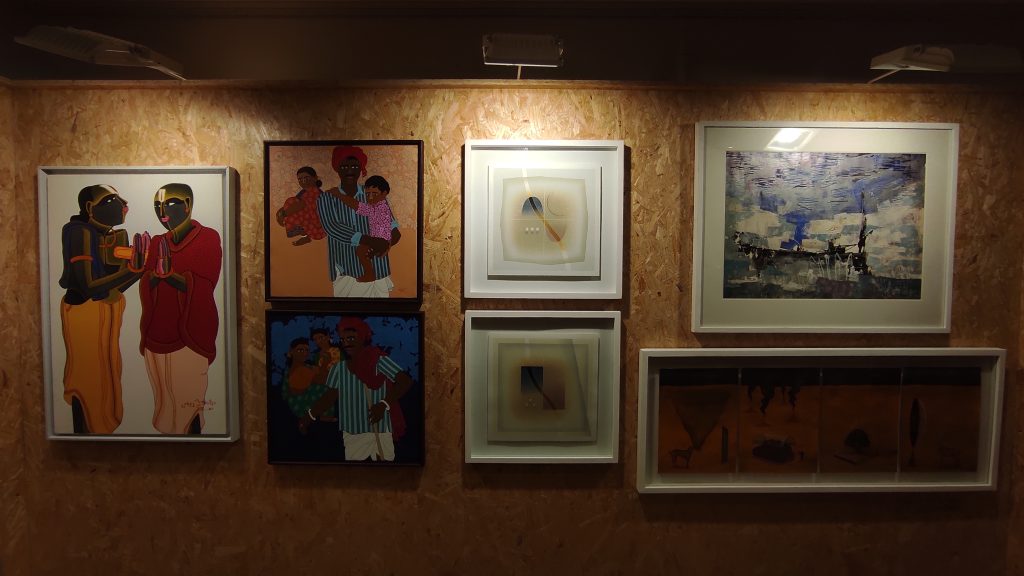
Just before COVID-19 shut down the world, Payal Kapoor visited the Felix Art Fair at The Hollywood Roosevelt Hotel in Los Angeles. Paintings were exhibited in luxurious cabanas by the pool, installations were mounted on impeccably pristine hotel beds, and art adorned every corner of the venue, from the tables to the walls, even in unexpected places like the bathroom, above the sinks and toilets, and even in the bathtub. Unlike traditional art shows, where participants are packed into generic exhibition halls, holding the event in a hotel provides a more enhanced and immersive experience. Participants can freely explore various suites, socialize with fellow attendees, and even indulge in leisurely breaks while enjoying the relaxing ambiance by the pool. It’s cool, it’s relaxed, and yet the serious conversations will happen.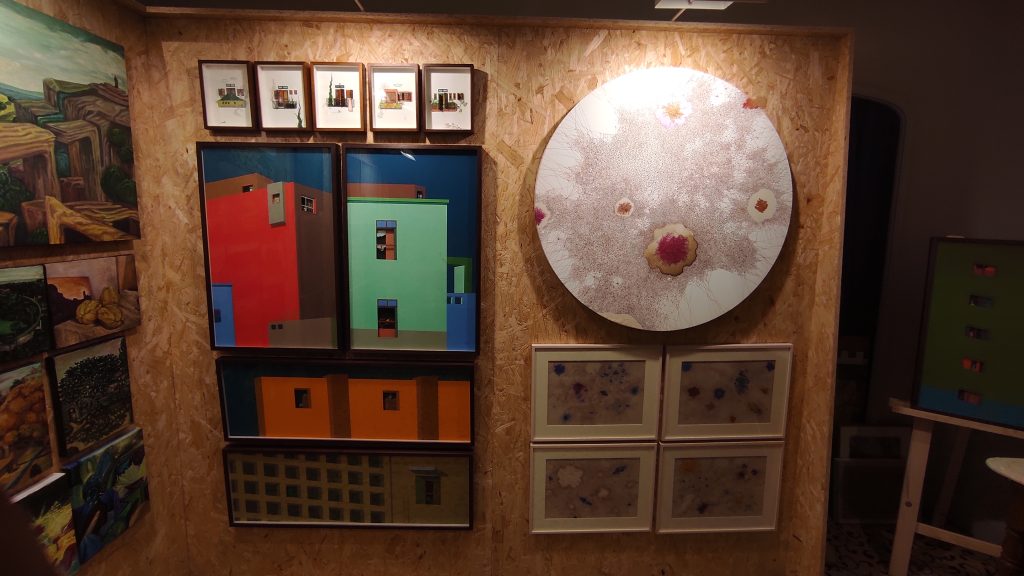
Abha Dalmia said that it was her first time showing woven art called ‘Pichwais’ and wall hangings featuring the theme of Krishna. Krishna appeared in various forms and showed his love for cows. He was often seen at the Yamuna River, where his flute playing captivated everyone. In our religion, music has always been significant as it indicates our progress and holds many traditional values. Abha Dalmia stated that she was exhibiting Pichwais, a form of woven art, along with wall hangings that showcased the theme of Krishna for the first time. ‘Artix provides a unique opportunity to view diverse forms of art in a distinct and sacred setting, setting it apart from other commercial establishments or gatherings.’ said Abha.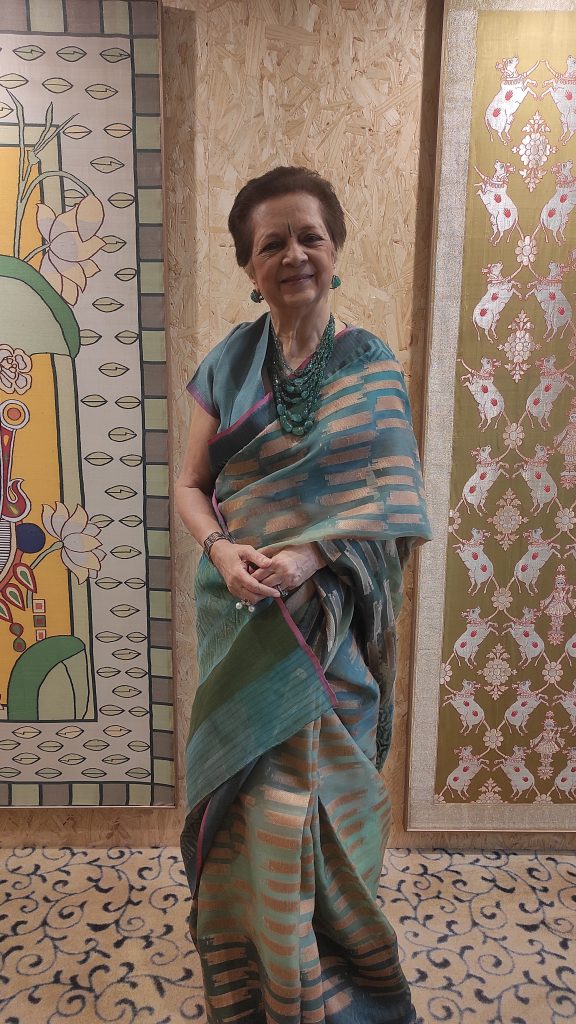
The brand TARINA wants to recreate the complex interweaving of threads in jamdani fabric. They want to capture both the craft and the life of the region in their designs. At the Artix exhibition, called Memo MIL, visitors were taken to a place where threads tell stories and patterns show both the present and the past of a diverse cultural fabric. Tarina started her journey into the world of jamdani with a personal and emotional connection. Tarina was deeply touched by how beautifully her mother-in-law wore and took care of the traditional jamdani dhakai sarees. Tarina says that she wants to stop using typical ideas about fabric and come up with new styles and designs. The artist’s work brings new life to jamdani while still honoring its original style. Memo MIL is an example of how we can imagine and create a new time period while also recognizing and respecting the traditions and history that support it. 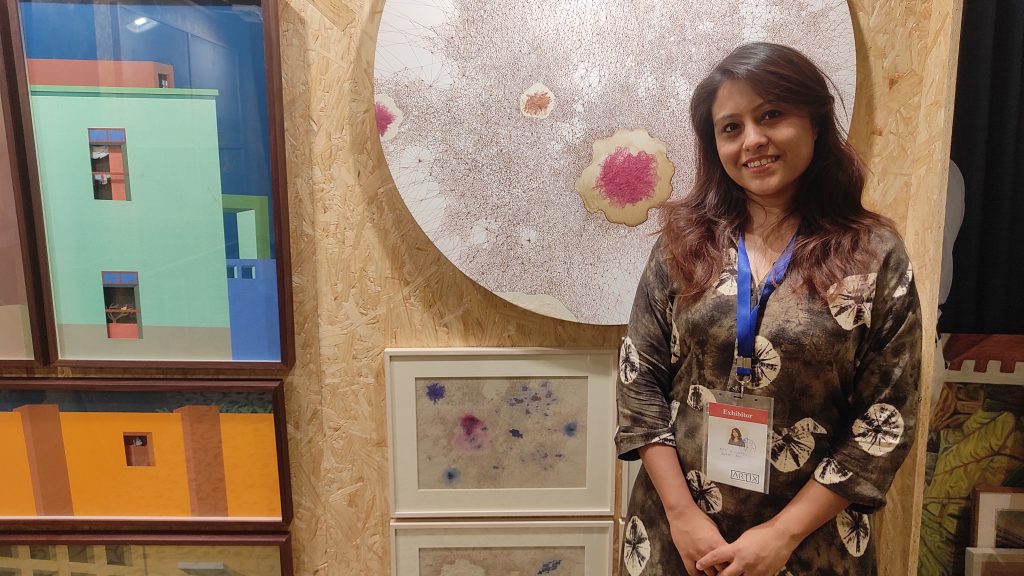
The space was incredibly amazing since it provided us with a fresh perspective on art and offered us the opportunity to engage with this one-of-a-kind exhibition. The intimate setting encourages visitors to thoroughly examine the pieces and form judgments solely on their subjective emotional experiences. The exhibition had many different types of artwork, like woven art and oil paintings. They were displayed in unique and personal ways. The event lasted for three days and ended on August 27th at the Taj Palace in Delhi.
Read Also:
Art and Capitalism: Why Luxurious Hotel Matters in Indian Art?

Contributor

